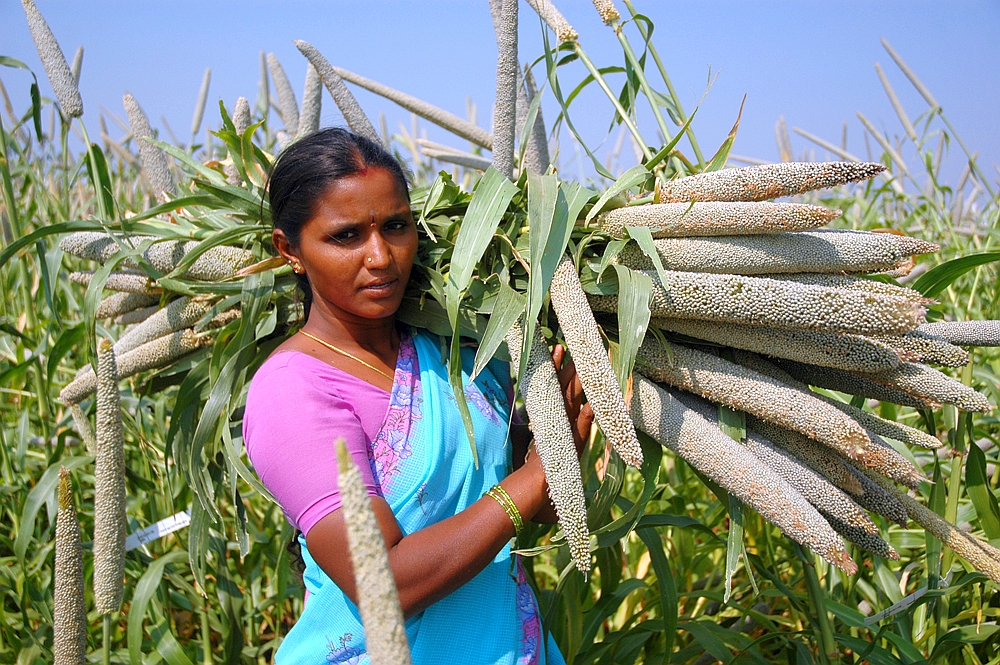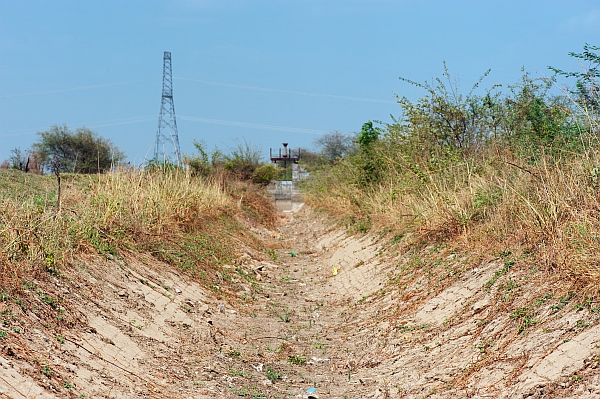A new way of categorizing farms can lead to improved sustainability

There are probably as many different types of farms as there are farmers. That presents agricultural researchers and rural planners with a challenge: If they want to find out how best to make farming more sustainable and profitable, they need to pin down the factors that make some farms more viable than others. The issue is addressed in a new paper, appearing in the journal Ecological Indicators, which explores methods to categorize farms and their relative sustainability in two semi-arid districts of the Indian state of Andhra Pradesh (AP).
The majority of the just over 500 farms surveyed (>70%) in the study area were small in size but had an extensive range of inputs. About 20% of the farms were irrigation based and intensive. Relatively fewer farmers were either marginal (i.e. with less land than the “small” category) and off-farm based; or small and medium and off-farm based or irrigation based and semi-intensive.
“By combining these as sustainability indicators into indices and linking that with the five farm categories, we established that the sustainability of each farm group relative to the others can be quite different” said IWMI’s Amare Haileslassie, the lead author of the paper. “We think that these groupings will give us new insights into how to tailor intervention to farm type and make small farms more viable.”
9 out of 10 farms may not be economically viable
One striking conclusion that emerged was that more than 90% of farmers were classified as being in economically less-sustainable farm types.
“This is very worrying,” says Haileslassie. “There was also a clear link between economic performance and environmental sustainability. This suggests the need to elevate farms economic performance and at the same time build their capacity to invest in the environment. These results will be useful for policy makers to help plan what technological interventions are most appropriate, and create a baseline to evaluate sustainability performance over time.”

Making water work for farmers
One clear outcome was farm households having access to irrigation showed significantly higher values on the sustainability indices. Access to water and its improved management also emerged as one of the key variables determining farm sustainability in these drylands. Given the importance of short term economic gain for smallholders, this is a key issue to address first.
“We hope we have demonstrated that economic development and environmental protection are not necessarily mutually exclusive,” says Haileslassie. “Policy measures that elevate the economic performance of farms and at the same time enable them to invest in the environment could be highly beneficial for these dryland farmers.”

